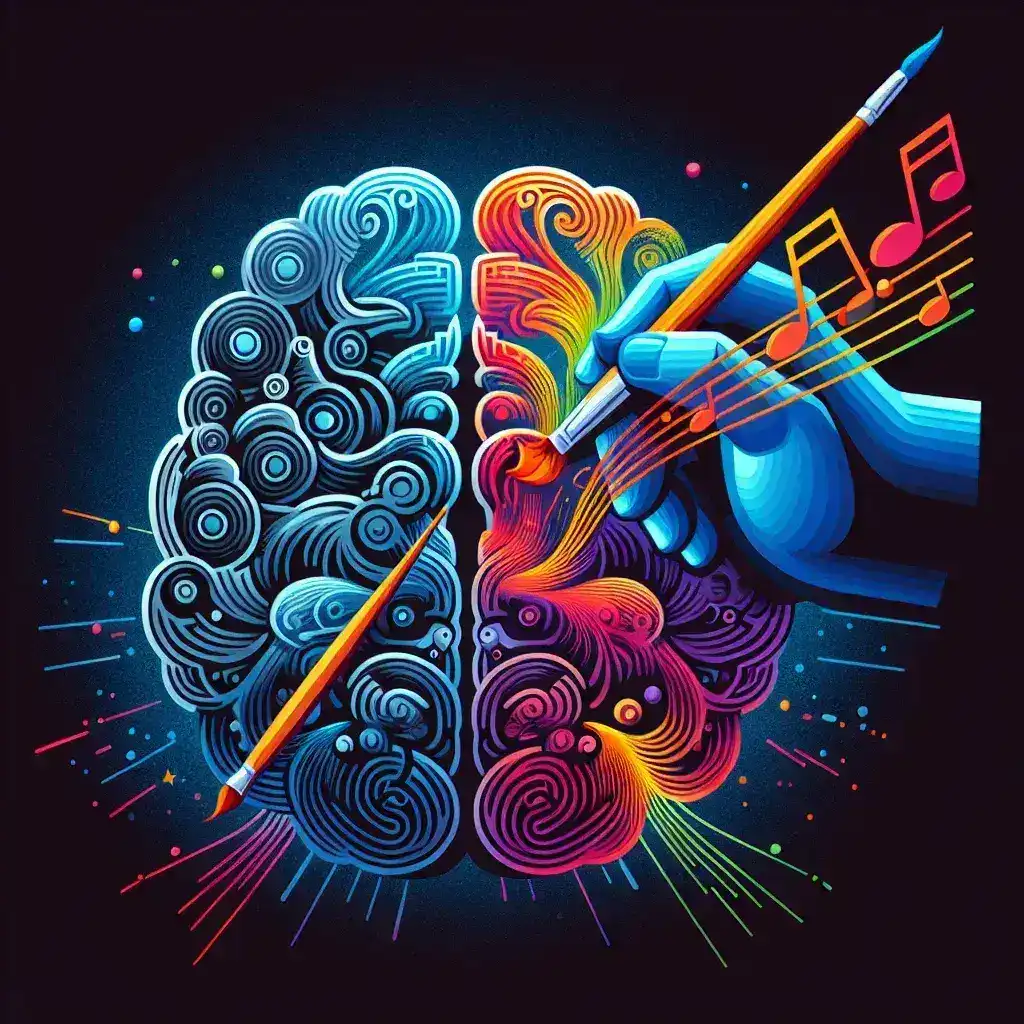Introduction
Artificial Intelligence (AI) is no longer confined to the realms of technology and data analysis. It has made significant inroads into creative industries, fundamentally transforming the way art and music are created, produced, and experienced. This fusion of technology and creativity is opening new horizons, challenging traditional notions, and enabling unprecedented forms of expression.
The Evolution of AI in Creative Industries
Historically, creative endeavors were considered the exclusive domain of human imagination. However, advancements in machine learning and neural networks have enabled AI systems to mimic and even enhance human creative processes. From generating visual art to composing intricate musical pieces, AI is becoming an indispensable tool for artists and musicians worldwide.
AI in Visual Arts
Artists are leveraging AI to explore new styles and techniques. Tools like DeepArt and GANs (Generative Adversarial Networks) allow for the creation of complex and unique artworks that blend human creativity with machine precision. These AI-driven platforms can analyze vast datasets of artistic styles and generate novel pieces that challenge traditional aesthetics.
AI in Music Composition
In the realm of music, AI is revolutionizing composition and production. Software like OpenAI’s MuseNet and Google’s Magenta can compose original pieces across various genres, providing musicians with new tools for creativity. AI assists in creating harmonies, rhythms, and even lyrics, allowing artists to experiment with sounds that were previously unattainable.
Enhancing the Creative Process
AI acts as a collaborative partner in the creative process, offering suggestions, automating repetitive tasks, and enabling artists to focus on innovation. This synergy between human insight and machine efficiency leads to the creation of more sophisticated and diverse works.
Personalization and Customization
AI algorithms can analyze individual preferences and trends to create personalized art and music. This level of customization enhances audience engagement, making creative works more relatable and impactful.
Accessibility and Democratization
AI tools lower the barriers to entry in creative fields, making art and music creation more accessible to a broader audience. Individuals without formal training can utilize AI to express their creativity, fostering a more inclusive and diverse creative landscape.
Challenges and Ethical Considerations
While AI offers numerous advantages, it also raises important ethical questions. Issues related to authorship, originality, and the potential displacement of human artists must be addressed to ensure that the integration of AI in creative industries is both ethical and sustainable.
Authorship and Originality
Determining the ownership of AI-generated content is complex. As AI systems take a more active role in creation, defining the line between human and machine contributions becomes increasingly important.
Impact on Employment
There is concern that AI could displace human artists and musicians. However, many experts believe that AI will augment rather than replace human creativity, offering new opportunities for collaboration and innovation.
Future Prospects
The future of AI in creative industries is promising. As technology continues to advance, the possibilities for creative expression expand, leading to new art forms and musical genres. AI-driven creativity is set to redefine the boundaries of what is possible, fostering a more dynamic and interconnected creative ecosystem.
Integration with Virtual and Augmented Reality
Combining AI with virtual and augmented reality technologies can lead to immersive artistic experiences, enhancing the way audiences interact with creative works.
Collaborative Platforms
Future platforms may offer seamless integration of AI tools, enabling real-time collaboration between artists and AI, further blurring the lines between human and machine creativity.
Conclusion
Artificial Intelligence is fundamentally transforming creative industries, from art to music composition. By enhancing the creative process, enabling personalization, and democratizing access to creative tools, AI is reshaping the landscape of human creativity. While challenges remain, the potential for innovation and collaboration between humans and machines holds tremendous promise for the future of the arts.

